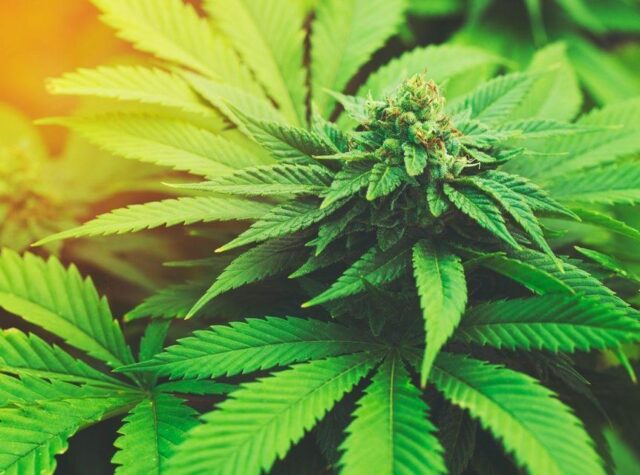
The marijuana industry has witnessed a lot of challenging situations but has stood the test of time and is hence victorious — chiefly the U.S., which has come to be the biggest market in the world.
The U.S. federal government didn’t approve of marijuana as it classified it as a schedule 1 drug, automatically making it difficult for partnering companies to participate. However, recently the government has soft-pedaled and introduced the Farm Bill, which makes growing hemp legal.
The states have made it easy for the cannabis industry to thrive as it has more accommodating law. Its medicinal values have been recognized and proven effective in treating various illnesses. It can help with glaucoma, Tourette’s syndrome, hepatitis C, HIV, and epilepsy.
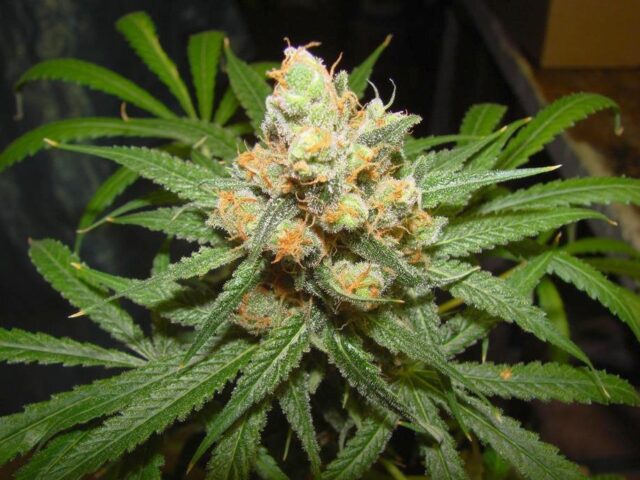
That gave rise to medical marijuana program across states which have been able to regulate and control how marijuana is being dispensed across states. One essential part of the successful running of the state’s medical-marijuana program has a stable system that includes having cultivators, processors, technicians, physicians, and all the skilled experts required to make the program a success.
When these crucial players are not factored into planning and setting up the program alongside a realistic prediction of the available market, then there might be challenges, as seen in the case of Pennsylvania, who had a demand but limited supply due to a shortage of growers.
There is a wide gap opening up for more hemp growers as the industry expands and hence more job opportunities. This post highlights how you can grow your hemp and more. Come along.
Growing Hemp
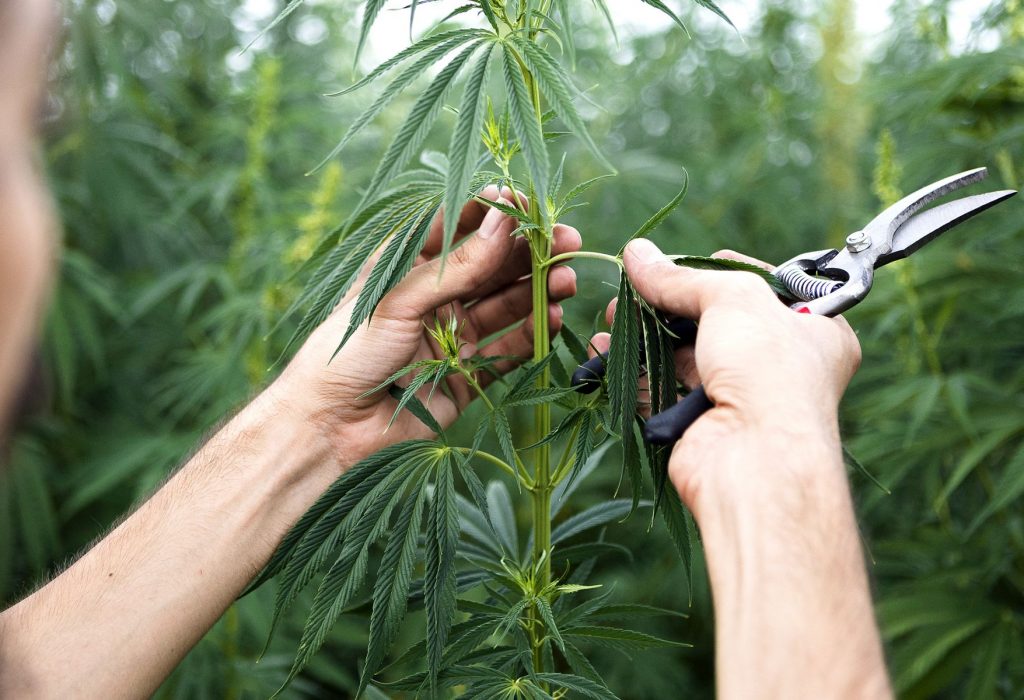
It is important to note at this point that hemp and marijuana are two different plants but of the same cannabis plant family. We would get to that soon enough, but first, let’s understand the basics needed in planting hemp and its uses.
Hemp is primarily grown for industrial purposes in making fibers for the hemp fashion industry. Its seeds can also be eaten or used for oil. It is also built for its CBD content, as CBD’s market is ever increasing. It is also important to note that hemp is planted and cared for based on the uses.
The hemp used for CBD is the female plants that are planted separately, and instead of being harvested like marijuana is reaped like barley. Loops of hemp grow relatively quickly. They emit CBD (cannabidiol), which has insecticidal properties. It does best in loamy soil with a pH of 6 – 7.5. It should have a proper intake of sunlight of about 10 hours per day and shouldn’t be planted too deep, 5cm would do.
The rainfall it gets should be about 20 to 30 inches; else, proper irrigation should be employed. Hemp takes around four months to reach full maturity and ready for harvesting. It is best planted in late spring. However, with the right monitoring can be planted at any time of the year.
Difference between Hemp and Marijuana
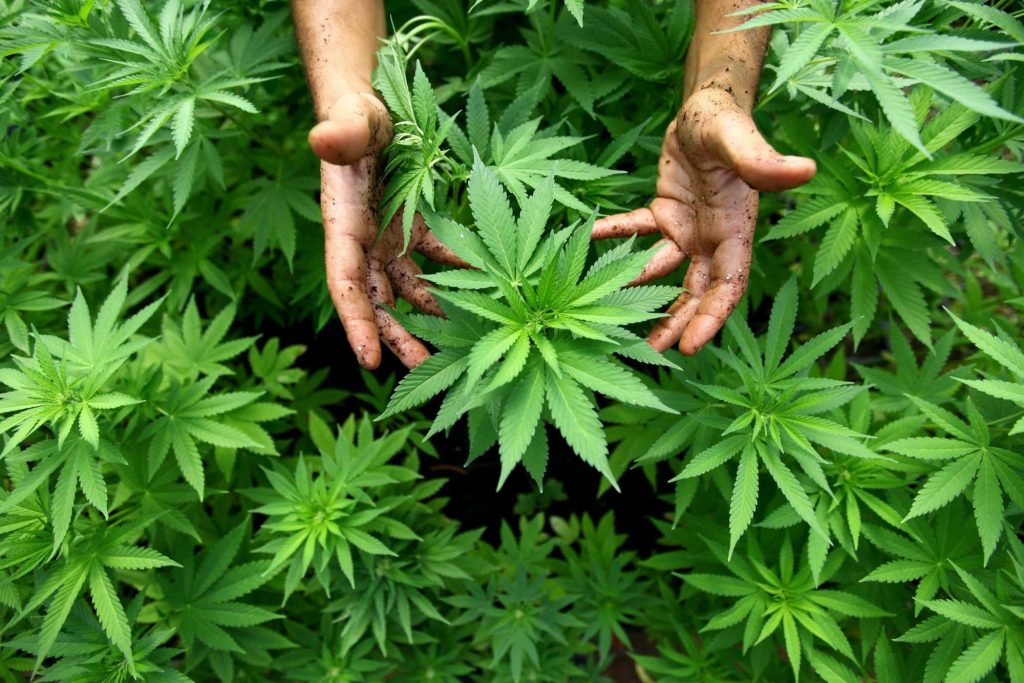
Hemp and marijuana are variations or types of cannabis plants. Cannabis as a whole has two main compounds which are THC and CBD. The THC is responsible for the high that people get and is used medically as a mood-improving substance in depressed people. While the CBD has more relieving effects and has been found out to be more medicinal.
Hemp is rich in CBD, while marijuana is rich in THC content. Hemp is the non-intoxicating cannabis which has a variety of uses. Hemp and marijuana both produce CBD in the right quantity but produce THC on a varying level. Hemp produces less than 0.3% of THC, while marijuana produces more up to 30%.
At the federal level, hemp is seen as legal, while marijuana is still primarily classified as illegal due to its high THC content. Marijuana is grown under more controlled conditions and requires more skills, while hemp is grown with not so many details. That thus helps the specific breed reach its full potential. Marijuana has a more streamlined usage as compared to hemp that can be used for a variety of purposes, which include fabric, paper, cooking oil, and more.
Strains and Variations
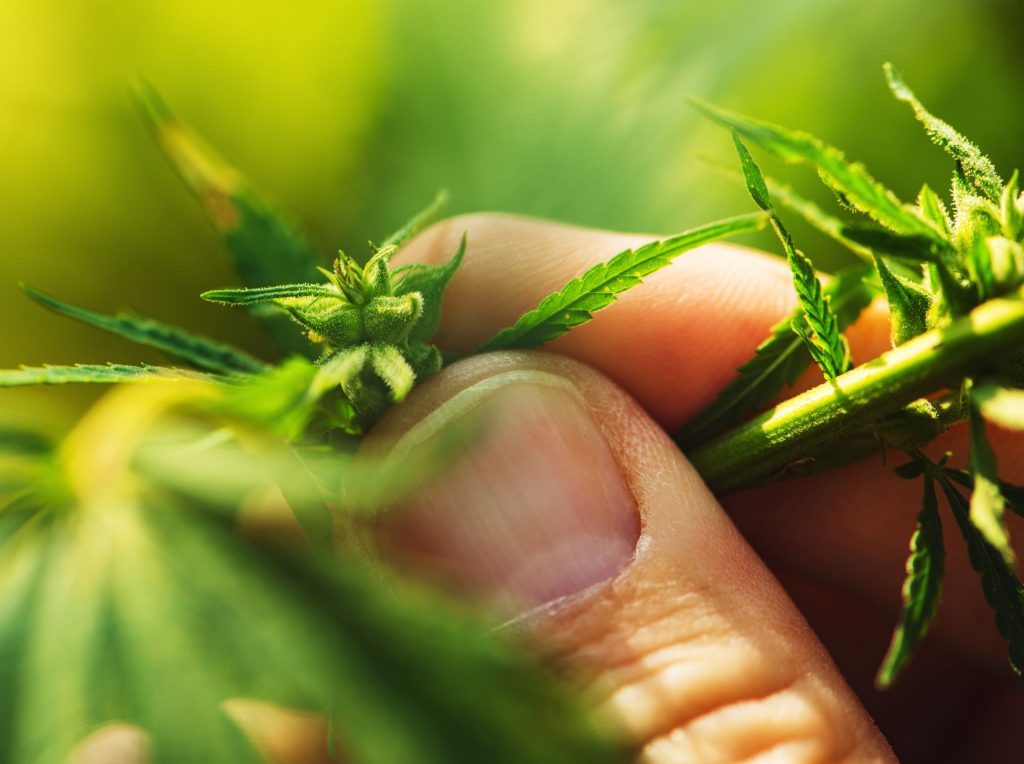
Now that you are familiar with the differences between hemp and marijuana, one thing stands out – they are best suited for specific functions. There are three types of cannabis strains, cannabis indica, sativa, and ruderalis. The indica is known for its relieving and medicinal properties as it has a higher CBD.
It has been used for treating insomnia, chronic pain, muscle spasms, and reducing anxiety. The sativa has higher THC and thus makes it more appropriate for treating depression and elevating moods. The ruderalis is the hybrid and can perform both functions. It is mainly used to alter the components of other breeds by growers.
Another essential component asides THC, and CBD is terpenes. Terpenes are what give cannabis its flavor and aroma. It is produced from the same gland that produces the two aforementioned. They can be described as aromatic oil that gives marijuana its different fragrances such as mint, berry, etc.
Terpenes also aid in differentiating the two primary compounds as some terpenes would promote focus and concentration as well as relaxation, which are extensions of the functions of THC and CBD, respectively. To discover more information about terpene, click here.









